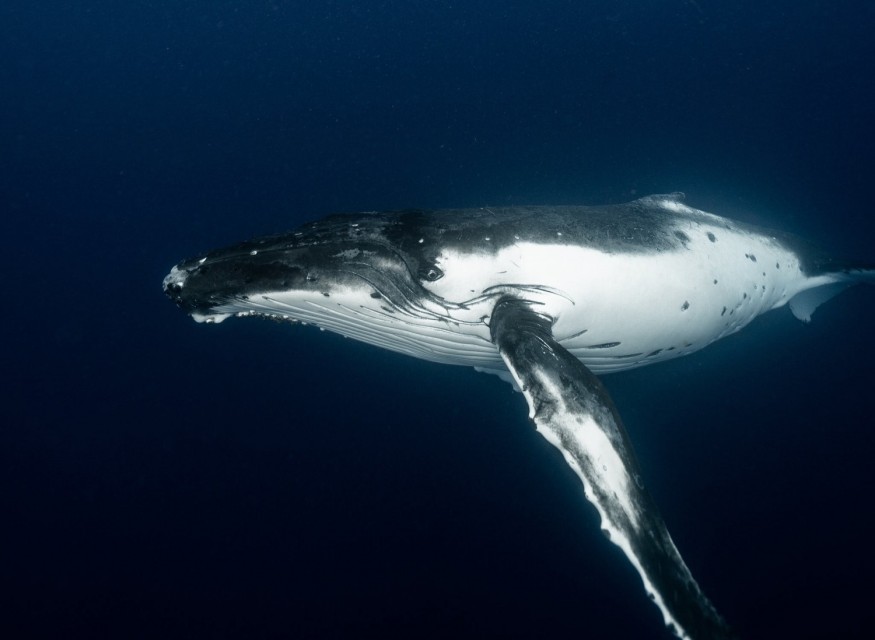
A new study has suggested that a whale, which lived 40 million years ago, could be considered as the heaviest animal, beating the blue whale.
According to a research published in Nature, Perucetus colossus, the colossal whale from Peru, has an estimated body weight of 85 to 340 metric tons (187,393 to 749,572 pounds).
Perucetus' fragmentary skeleton, which includes 13 vertebrae, four ribs, and one hip bone, was estimated to measure 17 to 20 meters (55.8 to 65.6 feet) long.
According to the latest study, the fossil specimen of the mammal is shorter than a 25-meter-long (82-foot-long) blue whale, but its skeleton mass potentially exceeded that of any known mammal or sea creature, including its giant relative.
"Perucetus could have weighed almost two blue whales, three Argentinosaurs (a giant sauropod dinosaur), over 30 African bush elephants and as many as 5,000 people," Associate professor of paleontology at the University of Pisa's department of Earth sciences in Italy, Giovanni Bianucci told CNN.
According to Guinness World Records, the largest blue whale ever recorded weighed 190 tons.
A new record of heaviest animal?
Study co-author Eli Amson said there is no reason to believe that the colossus whale was the largest of its kind; however, they are cautious not to declare that the extinct whale has beaten the record.
The researchers only exhumed a fragmentary skeleton without a skull, prompting some scientists to argue that more fossils are needed before crowning a new animal kingdom's heaviest animal.
"I think there's a good chance that some of the individuals broke the record - but the take-home message is that we are in the ballpark of the blue whale," he added, as quoted by South China Morning Post.
Mario Urbina, a palaeontologist who has spent decades combing the desert on Peru's southern coast, discovered the first fossil of the ancient whale in 2010.
However, what he discovered was believed to "look more like a boulder" than a fossil, according to Amson.
Eating behavior
The research team intends to continue searching for bones in the Peruvian desert. A skull and teeth are at the top of the list since they would help unravel the mystery of what Perucetus ate to grow so large.
However, the known traits of Perucetus imply that it likely fed along the seafloor and was not an active predator, according to Bianucci.
The study authors have three hypotheses about Perucetus' diet: the whale could have been a plant eater like a sea cow, but this would be the sole case among cetaceans. Second, like the modern gray whale, the prehistoric creature could have eaten on small mollusks and crustaceans in sandy bottoms. Third, Perucetus could have been a scavenger of vertebrate remains.
"Surely we will continue to explore the desert of Ica to find other fossils which can allow us to tell even more details on the extraordinary evolutionary history of cetaceans," Bianucci said.
Related Article : Community Fears 80-Ton Blue Whale Carcass Will Explode on its Shore
Related Video:
© 2025 NatureWorldNews.com All rights reserved. Do not reproduce without permission.





